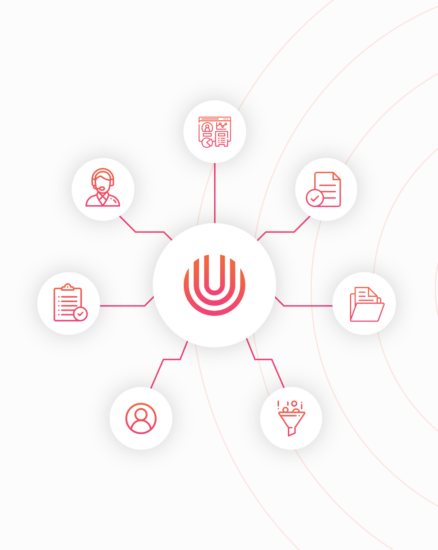AUTHOR Lou Crane
DATE Jul 2022
CATEGORY Articles
Imagine our NHS if there was one place for health care professionals to go to find out every detail of your health life from birth? It would mean a combined holistic approach to your needs rather than treating the body by its parts, better communication between different health trusts, no lost notes and better care for the more vulnerable people in our society who struggle to describe their ailments. Just imagine…that utopia is many decades away but for companies who aren’t tasked with the health of a nation, achieving connected systems is far more attainable.
But why bother…? Well, like the NHS, data is the key to improving its service. Through data you are able to understand what is working well, maintain a standard and work to improve what is lacking. Sounds simple, but as a business grows and it ages and there are legacy systems sitting next to hybrid solutions, not to mention the paper files (yes, offices are still full of paper), it becomes more difficult to a) find what you need, b) understand what you’ve been given and c) impossible to share in a safe and efficient way.
And the more a business adds a solution to all its other solutions, you become less able to see the problem. Often, the perceived problem isn’t really a problem at all, it’s the process that occurs 15 steps along the factory line, or it’s the lack of visibility on an order progression or a shipping document doesn’t match the invoice document. The root cause will often recur, leaving the issue to remain and as more people use the system, the more its impact intensifies. But if we take control of the independent systems, we take control of the business.
Creating structure for a business takes skill and isn’t always best solved by the person or people who run the operations on a daily basis. Notice we’re talking specifically about a structure for the business, then layering the software systems on top. Never use a piece of software to guide the business architecture. This is a common error when a business owner will look for the software that will ‘track project management’. They find that the software doesn’t quite mirror the way they need to run their process, so they adapt and add a workaround, find they can’t leverage all the functionality and are unable to integrate where needed. Building the right foundations from the ground up, creates a solid base for your growing organisation and connecting and linking independents, brings all your valuable data into one place.
Here are our top 7 system integration benefits:
- Reliable data that has come from one source
- Opportunity for deeper business analysis
- Decision making has its rationale in actual data
- Improved data security
- Much improved customer service through consistency
- Better cost efficiency by avoiding long sales cycles and service or product delivery
- Increased productivity through automation
Interestingly, although each business will have its own set of guiding principles for system integration, the outcome will always be the same: Quality.


